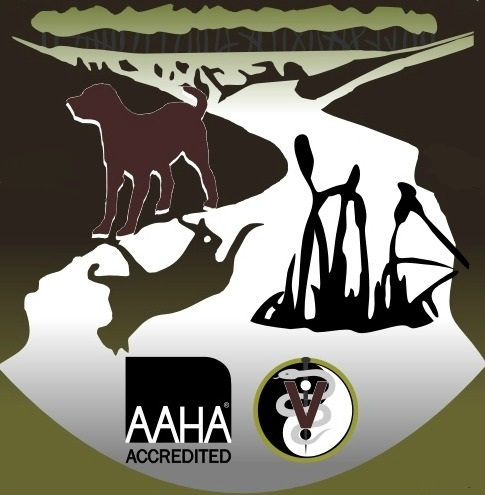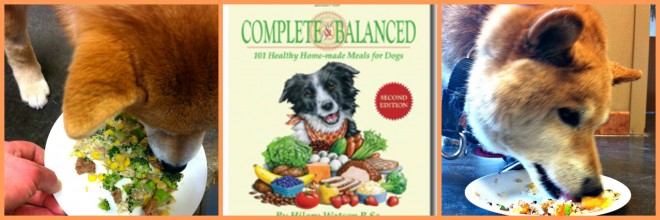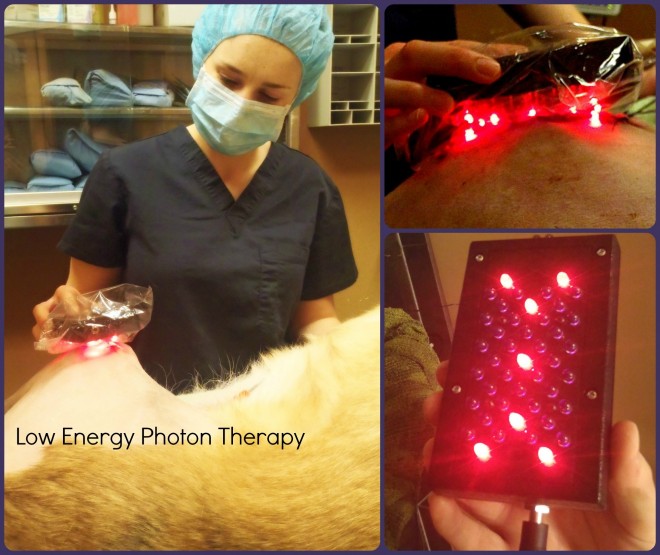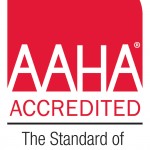How to Tell When it’s Time to Say Goodbye
Dr Julie Schell BSc(Hons), DVM, CVA, CVCHM, CVC
People become strongly bonded to their pets often after only minutes or hours of owning them. Powerful emotions of love and commitment and the desire to protect and care for the pet grow every day. Fortunately, with medical care, excellent nutrition, and effective municipal responsible dog and cat ownership bylaws, many pets live well into their late teens, and some even twenties and thirties. During these decades, the bond and emotional connection grows exponentially.
It seems impossible to have to think about the day that we will have to say good bye to our beloved animal companions. However, as responsible pet owners, and to fully give the most we can give to the animals we are fortunate enough to share our lives with, we must force ourselves to ponder and prepare for that day.
It is very important to know what is normal in each pet we know. What is their normal food intake, activity level, likes and dislikes? By knowing this, we will better able to recognize when our pets are in distress or have poor quality of life. Quality of life is the way we determine when it is time to say good bye. We all want our cherished pet family members to live as long as possible, but they also have to live as happy and joyful as possible. Some unfortunate diseases cause crippling, devastating symptoms such as poor appetite, bleeding, weakness, chest congestion and breathing difficulties. Definitely there are many effective cures and treatments for many diseases, and your veterinarian is able to help diagnose and help your pet. Often, pets who have been seen by the same veterinarian since puppy or kitten-hood are well understood. Their veterinarian knows their patient well and can help recognize signs of happiness and joy as well as pain and depression.
Signs that dogs are nearing the end of their life:
-not eating, even treats or tasty food such as cheese and bacon
-lack of interest in their owners
-no desire to play
-no desire to interact with other pets in the home
-defecating in their bed or next to their food, or repeatedly urinating in their bed or in their home as if they are too weak to walk outside or too weak to hold themselves up to defecate or urinate
-not drinking water, just staring at the bowl
-there is no “light” in their eye- this is a subjective observation , meaning that is obvious to pet owners and veterinarians but is difficult to explain. Dogs with no energy or life force (Qi) have dullness to their eyes
-dry gums, very foul smelling breath, very dry nose as if dehydrated
Cats sometimes show signs of suffering often differently than dogs. Cats often will withdraw from their owners and from daily activity centres in their home. Being both a predator and prey species, cats have a huge desire to hide their illnesses, because in the wild, they do not want to show weakness. Weakness means that their predators will seek them out and kill them. Thus, instead of displaying their weaknesses they will go off and hide. They will go away to secluded areas in the house or outside to hide to prevent from being eaten, but not necessarily to go away to die. So, if a cat is always avoiding the company of its beloved owners, that is a huge warning sign that grave illness may be present.
Signs of grave illness in a cat that show that their life is ending:
-hiding
-not eating or drinking
-no litter-box use
-comatose
-no longer grooming in cats who usually groom meticulously
-staring at the water bowl but not drinking
-very foul odor from mouth; drooling red or brown-tinged discharge from the mouth
-very dry nose, extreme ‘skin tent’ indicating dehydration (ie when you hold up their skin it stays for a few seconds before going back down, or does not go down at all)
-severe weight loss, a very bony looking body condition
-lack of grooming, resulting in matted, oily, or dirty coat
It is important to note that not all dogs and cats exhibiting some of these signs are going to soon die. Some of the above signs can be shown by healthy dogs and cats in a diseased state. Thus, simply because an animal is exhibiting these signs does not always mean they are on their way out. They may just be warning signs that there are underlying illnesses, some of which can be cured. This is why it is very important to work with your veterinarian. It is also important to bring your pet, especially your senior pet, to your veterinarian twice yearly, even if they seem to be looking healthy. The sooner your veterinarian can diagnose illness, the more likely they are to be able to help cure it.
It is helpful to list in a diary or calendar, the number of good vs. bad days that your pet has. If the number of bad days outnumber the good, or if there are more bad times per day than good times, then that helps one decide when it is time to say goodbye. Bad days are days when some or all of the above signs are exhibited by your pet.
Your veterinarian will be ready for you and your pet when the timing is right, to humanely euthanize your pet. It is important not to wait too long, as the pet should not have excess suffering. However it is important not to have the euthanasia performed too early either, as the pet owner will be filled with grief and sadness. When euthanasia timing is chosen well, there will not be as much regret or sadness, as everyone involved with the pet will know that it was the best treatment choice for the pet. The grieving and healing process will so more quickly and smoothly. After the euthanasia, your pet can be privately cremated by animal crematoriums, so that you can save their ashes. Paw print impressions are also a wonderful memento that your veterinarian can provide for you.
It is also important to note that sometimes pets outlive their owners. Another part of responsible pet ownership is to have plans made so that your pets will be well cared for when you die. Your lawyer is very helpful at preparing a Will that ensures that your pets will have a comfortable future in the event of your passing. You can stipulate in your Will who will become the guardian of your pet, or, if you do not know anyone capable of doing so, you can list and provide funds to several no-kill shelters and animal rescue and foster groups who will help. You may even list your dog or cat’s breeder, as they often know many people who would be able to care for and love your pet. It is comforting to know that your pets will be well cared for and loved forever. Enrolling your pet in a pet health insurance program will also help you and whoever is gifted with your pet be able to financially afford to do so the best ways possible.
To help pet owners successfully get through the horrible grief surrounding pet loss, there are special social workers trained in this capacity. Contact your veterinarian for contacts of people offering pet-loss grief therapy. I find it very helpful to focus on the pets you still have, and the other animals in your life who will also miss your pet, often as much as you. Give them a lot of attention and play sessions and love. What can be helpful is putting your energy into your career work. Volunteering for animal rescue and foster groups is another way to help get people through the grief.
Here are some wonderful ideas to memorialize your pet’s life:
Memorialization is a way of honouring their pets’ life and creating something that they can turn to when they want to remember them. There are many ways to help clients memorialize their pets and the following is a list of a few ideas that can be suggested. We hope some of these ideas give you peace and closure. Some of these great suggestions are great to do as a family together:
- Take lots of photos and use them to make up an album of memories. Try adding stories or comments about the photos to help capture those special moments. Photos can also be made into a collage, placed in a multi-picture frame, or carried in a wallet.
- Write a poem, story, song, etc., about and/or dedicated to their pet.
- Write down some special memories of their pet. Add them to a photo album or journal of your pet/family. They may also try asking friends and family for stories and add these as well.
- Write a letter to their pet expressing feelings they may be struggling with.
- Videotape their pet doing anything and everything—eating, sleeping, playing, and just sitting there.
- Make something that reminds them of their pet, e.g., a drawing, a clay sculpture, a needlework project, etc.
- Have a professional portrait, sketch, and sculpture done of their pet. NOTE – this can also be done after the pet’s death from a photograph. Photos can also be transferred to such items as T-shirts, buttons, mugs or even clocks. You may suggest checking at local photography stores or in pet magazines for locations of businesses that do these things.
- Keep baby teeth, whiskers, fur (from shaved areas) and place in a locket.
- Horses – save shoes, tail, mane hairs from horses.
- Keep pet tags – these can be placed on their own key ring or in a special place (under a tree, album, memory box, etc).
- Have a plaque made to honor their pet – this can then be placed in a special place (next to ashes, a tree near where pet is buried, etc).
- Make a donation in memory of their pet to a charity/cause that is special to them.
- Volunteer time at a humane organization and/or help find homes for strays and unwanted pets.
- Start a pet loss support group in their area.
- Plant a bush, shrub, tree, flowers over or near the location where the body or ashes are buried.
- Place a bench with an engraved nameplate and/or inscription beside where their pet is buried.
- Place ashes in a locket with their pet’s name engraved on the locket. NOTE – ashes need to be sealed in an airtight bag and then placed in the locket, which must be airtight as well.
- Collect pet’s collars, tags, bowls, blankets, etc., and place in a special area in honour of their pet. They could also place ashes, sympathy cards, etc., with them.
- Send out cards with a photograph of their pet informing those people close to them/their pet of their loss.
- If the animal is not buried near them, take pictures of the grave and place these in a special spot that they can “visit”.
For more information please browse www.bowbottomvet.com and contact us at welcome@bowbottomvet.com or 403 278 1984







